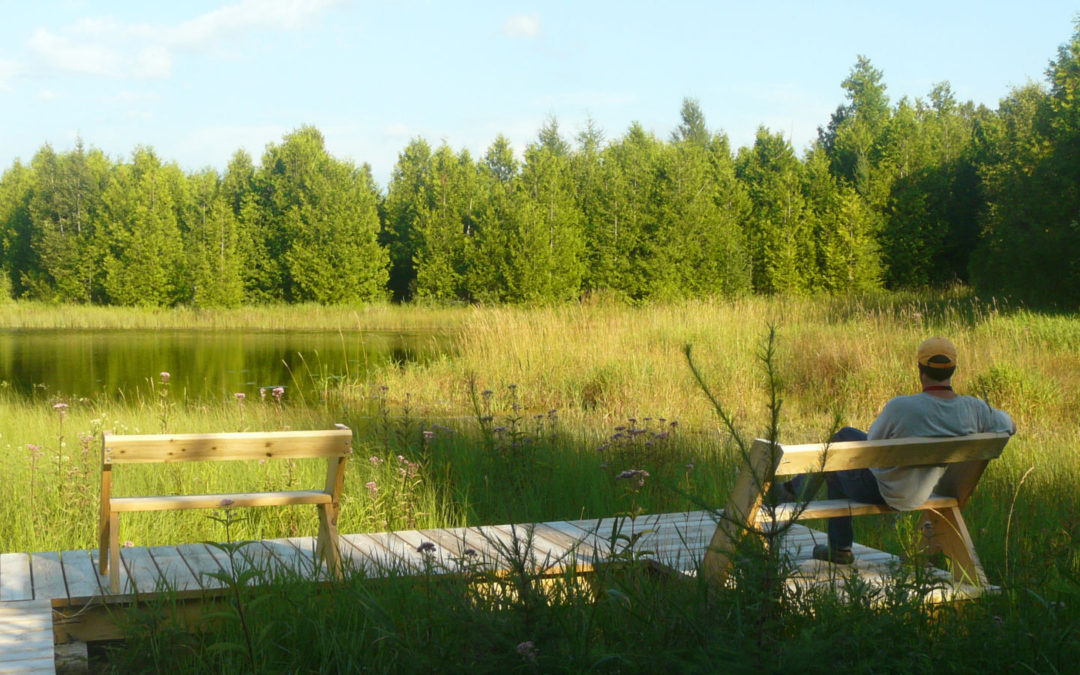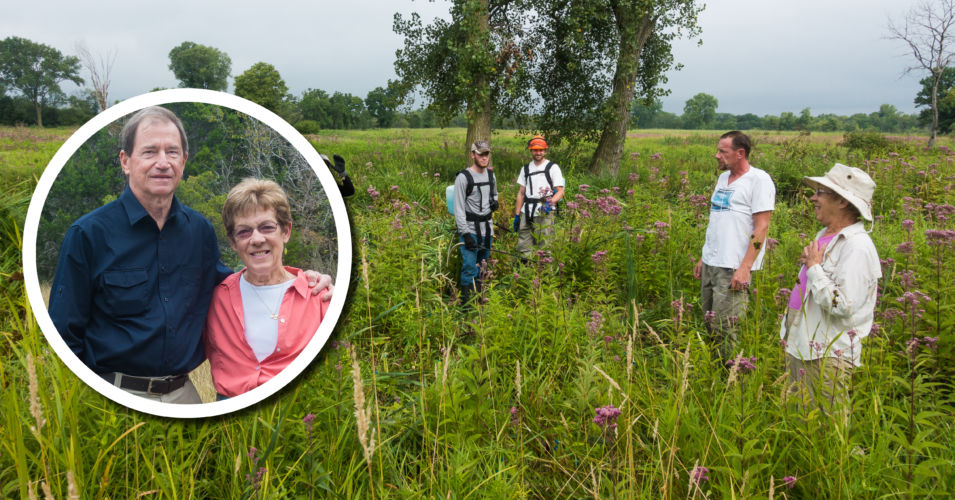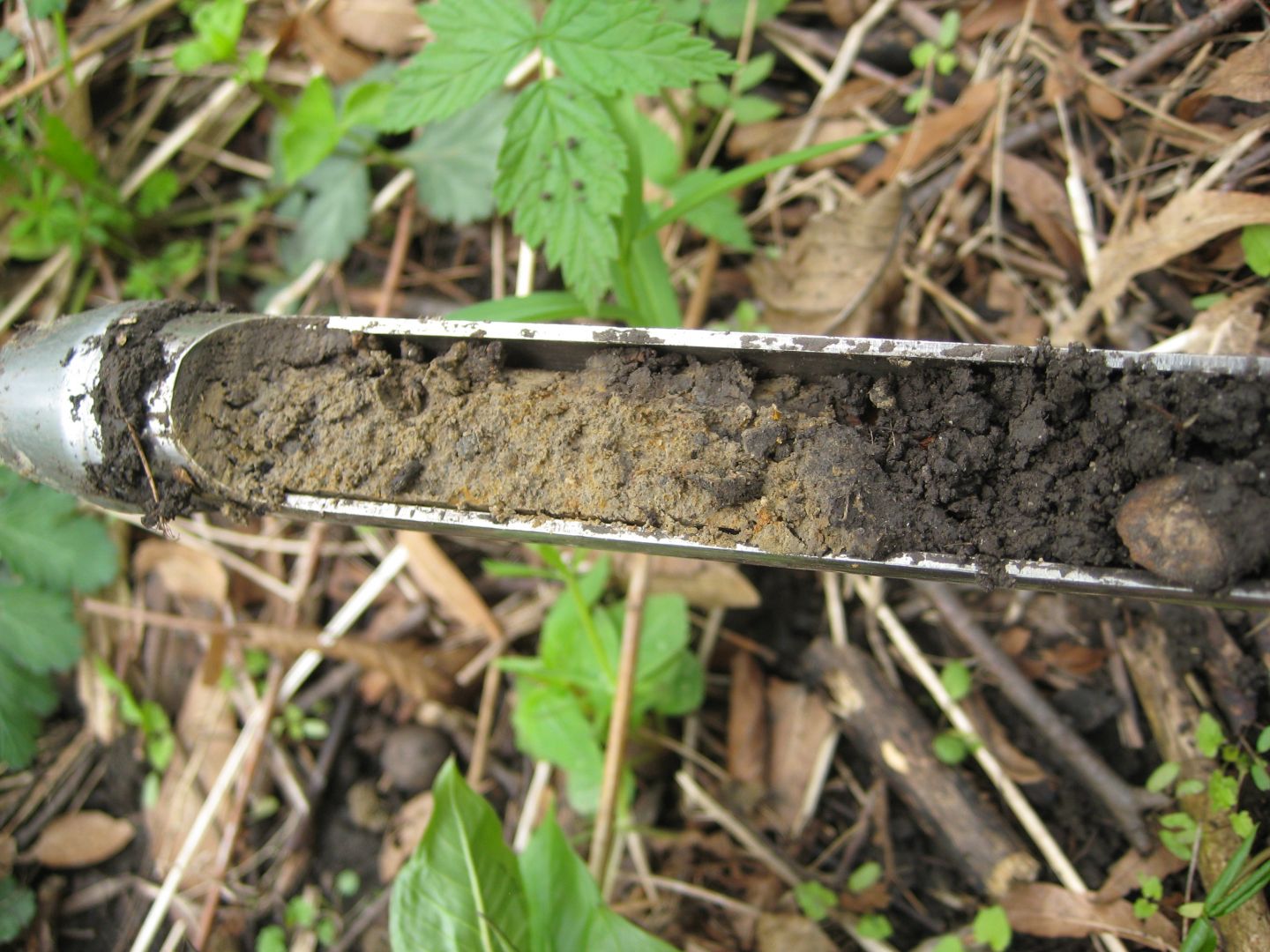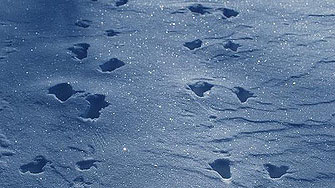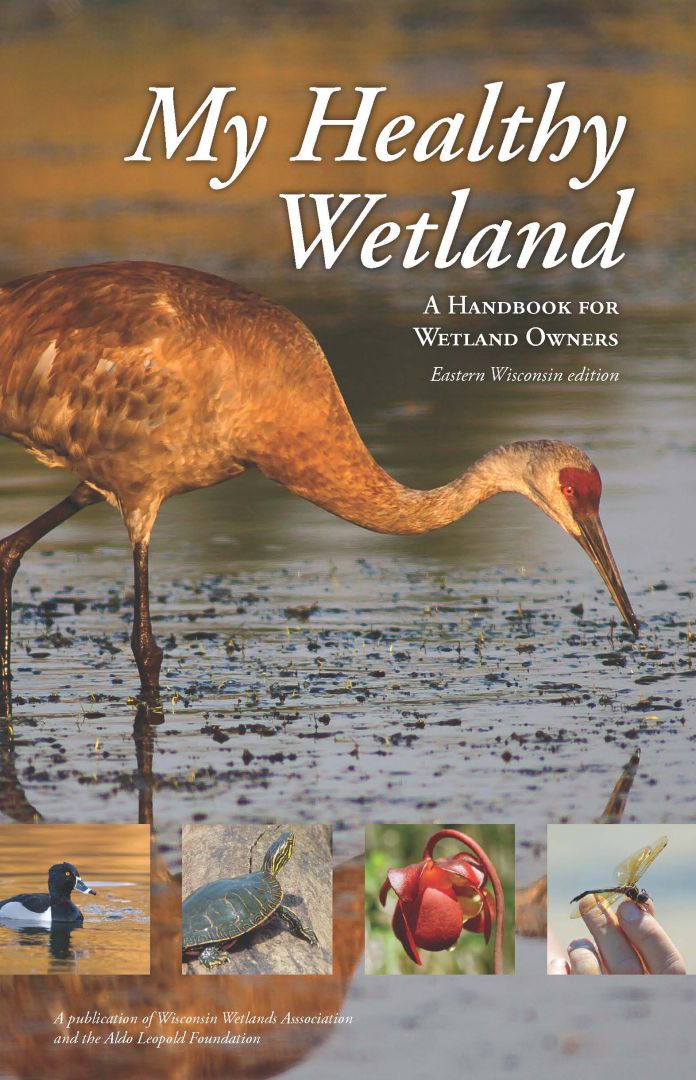If your home doesn’t overlook your wetland, consider carrying a notebook with you on your wetland walks and write down what you see on each walk. You might even think about constructing an observation blind to record wildlife sightings, secretive wetland birds, duck broods, or other observations.
It takes practice to remember to record your observations. Some important details to record: date, time of day, weather conditions, water levels, and other observations about your wetland. Take good notes of unknown animals or plants and identify them later with the aid of a field guide. And keep track of any management that you do, whether controlling invasive plants or maintaining a trail. Don’t get discouraged by lapses in your record-keeping. Explore, observe, and record when possible and you’ll continue to learn.
Read more about keeping a field journal in the “Getting to Know My Wetland” chapter of the My Healthy Wetland handbook for wetland landowners.
Related Content
Wetland Coffee Break: So you want to manage your wetland. Where to start?
Learning what kind of wetland soils you have
Using animal tracks to learn what’s living in your wetland

